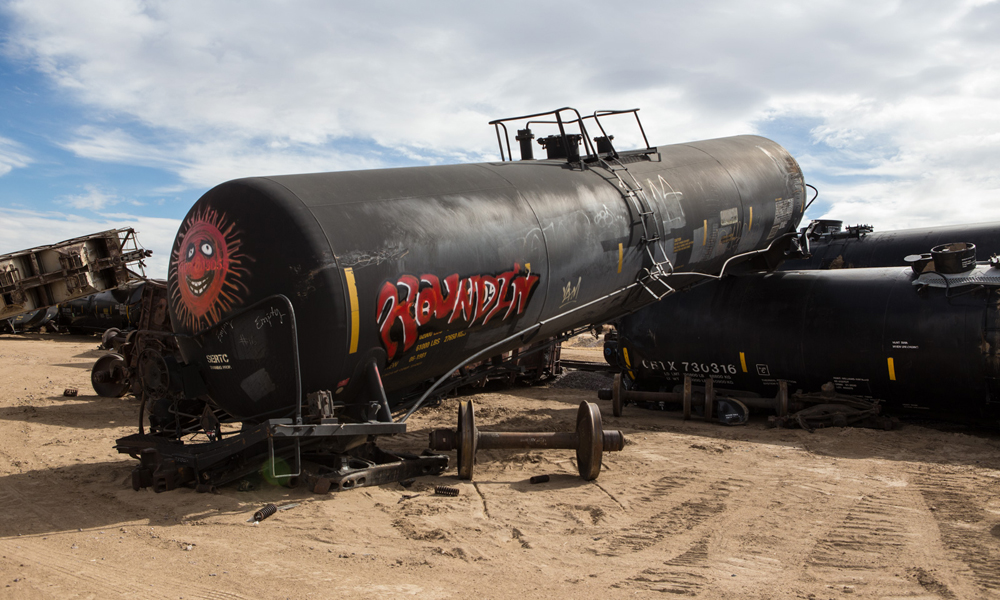
PUEBLO, Colo. — MxV Rail, the former operator of the Federal Railroad Authority’s Transportation Technology Center, is building a new testing and training facility a few miles south of its former home, and recently hosted Trains News Wire for an exclusive tour of the under-construction facility.
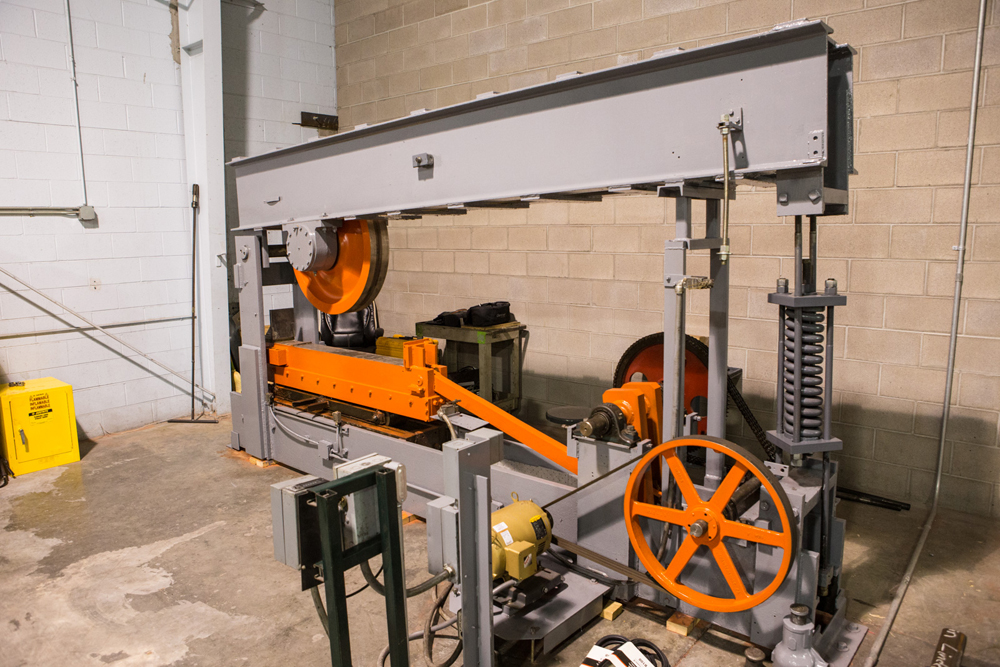
MxV, formerly known as TTCI, operated the TTC under contract from 1982 to 2021 when it lost the contract to technology company ENSCO [see “Transportation Technology Center celebrates 50th anniversary, new operator,” News Wire, Oct. 28, 2022]. The company is a subsidiary of the Association of American Railroads, which maintains shared communications infrastructure and sets a variety of standards. It’s this association, long standing relationships with freight railroads, and a wide range of capabilities testing suppliers’ products that, to MxV, justifies a second testing facility in Pueblo.
The new facility is just a few miles down the spur track from TTC to BNSF’s mainline, on the grounds of the 24,000-acre Pueblo Chemical Depot. This former U.S. Army ammunition storage depot is being redeveloped by PuebloPlex, for whom MxV is an anchor tenant. The Army still controls one corner of the facility and is wrapping up operations with the destruction of mustard gas chemical weapons before moving out completely.
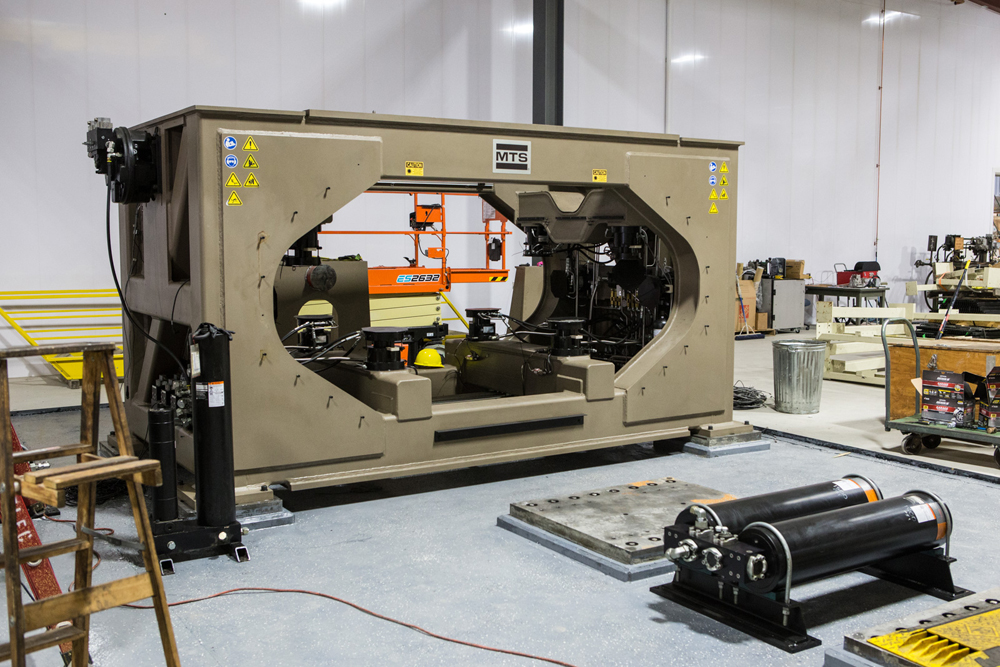
Trains toured the MxV facility less than a month after the company completed its move of approximately $75-100 million in assets from TTC to its new digs, and was asked not to photograph some testing in progress. CEO Kari Gonzales led a tour through the laboratory space where an array of specialized, heavy-duty equipment was in the process of being unpacked and installed. A Rolling Load Machine was being set up to test a new piece of rail-mounted hardware for a customer; a new gantry crane straddled a Rolling Contact Fatigue Simulator still being reassembled; and the hulking components of a 1955-vintage wheel dynamometer for testing brake shoes and wheels loomed over pallets of stored materials. Much of the equipment had old bones with modern control hardware and had previously moved to the TTC from other closed sites, such as an AAR facility outside Chicago.
Gonzales — a 20-year employee of TTCI/MxV who started as a mechanical engineer — wistfully said she hoped they could justify reinstalling the dynamometer for continued use, because while newer machines simulate inertial mass using computer modeling, only an old machine like hers has the heavy flywheels to actually provide unsimulated mass. The Rolling Contact Fatigue Simulator was newer but equally realistic, rolling a wheel over a piece of rail repeatedly in only one direction and able to match the dime-size contact patch between the wheel and the rail on every pass. Other hardware was provided by the railroads, with whom MxV has a close symbiotic relationship. Norfolk Southern donated a cold room emblazoned with its logo.
A primary role for MxV’s laboratory space is certifying new AAR-standard hardware. When a supplier designs a new model of load tie-down straps, for example, a sample must be tested to failure by the AAR or its representative, in this case MxV. Gonzales indicated an ongoing test of air bags used to cushion freight car loads like mattress-sized bubble-wrap pouches. The company tests the air loss over 19 days and then performs burst testing; Gonzales tried to point out a damaged wall from a few days previously when a burst airbag failed at one end and was launched off the rack, but her team had already repaired the damage. The company’s laboratory also includes a clean room metallurgy lab. It employs 20 to 30 people out of the company’s total of about 280.
(Story continues below)
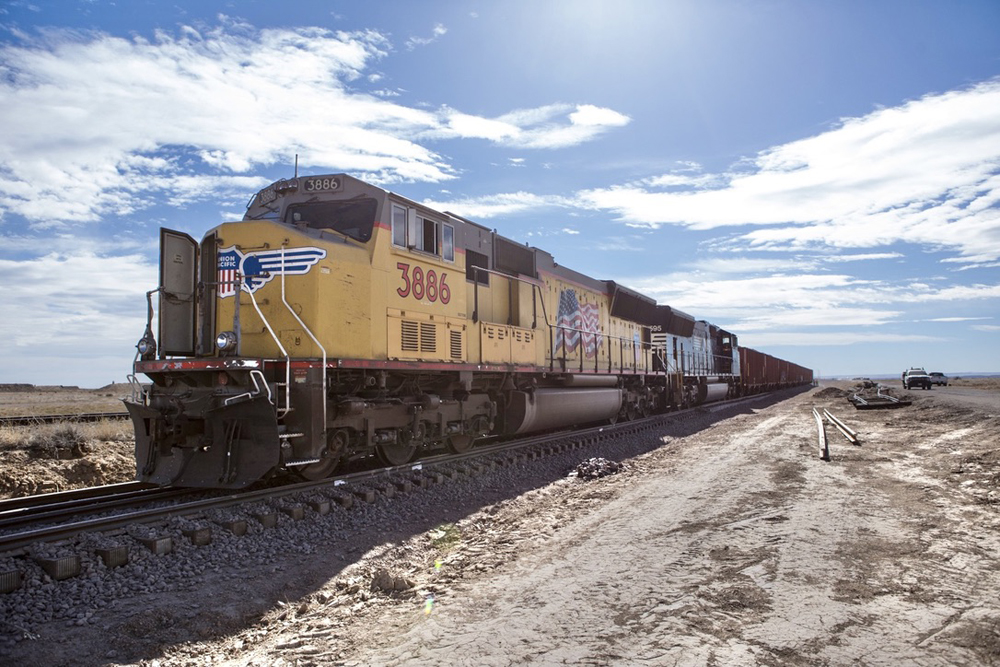
On the test track, work was progressing rapidly on the 5.8-mile “high speed loop,” [see “MxV Rail begins work on rail test loop,” News Wire, May 23, 2022] which does not attempt to replicate the 165-mph electrified loop at TTC. Gonzales said that it wasn’t a good business investment since the high speed and electrification were only used every five to 10 years. The new high-speed loop is good for 110 mph in the tangents and 80 mph in the 3-degree curves, plenty fast for what customers typically need. She says that if customers need electrification or higher speeds in the future, she would try to negotiate access to the TTC’s high-speed loop. When Trains visited, all the track had been laid and two ballast trains were working simultaneously to spread ballast to allow the surfacing gang to get in and finish the job.
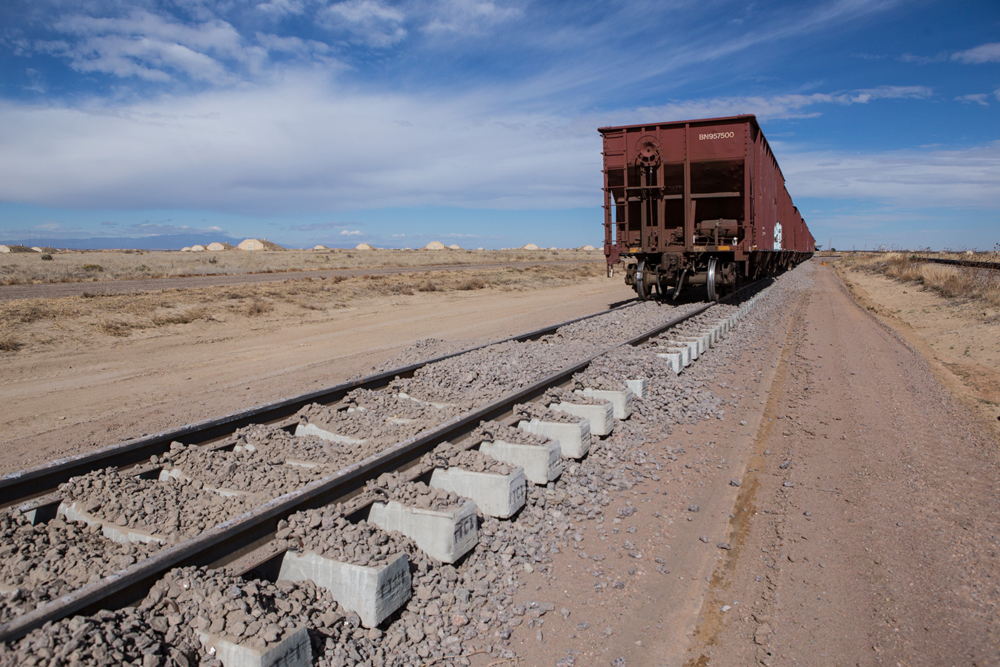
Shawn Vecellio, the company’s assistant vice president of operations and safety, and a veteran of KCS, BNSF, Omnitrax, and CSX, said that they hoped to finish construction within a few weeks. The company’s connections with freight railroads was on display here too, with six-axle power from UP, NS, and BNSF pulling ballast hoppers borrowed from BNSF. The heavy rail and concrete ties were sourced from suppliers in Pueblo: EVRAZ and Vossloh, respectively.
The company’s impact wall — Gonzales joked that they weren’t supposed to call it a crash wall anymore — is operational and was being prepared for a test during Trains’ visit for a customer outside the railroad industry. The wall can handle tests up to 35 mph. Computer simulations have allowed great leaps in crash safety technology, allowing manufacturers to design and simulate complex crash energy management systems, but physical tests are still important to validate these models, Gonzales said.
In the cab of the ballast train, Vecellilo and engineer Brett Mooring, a third-generation railroader who worked for Union Pacific before coming to the test track, talked about how testing often required breaking typical railroad rules: moving cars with condemnable defects, running over track defects at speed, and of course performing “impact” tests. Vecellio was careful to point out that test train engineers aren’t crash test dummies. When doing an impact test, they’ll kick cars into the wall. In other situations, buffer cars can be placed between the engineer and the hazard.
What may be the most interesting test loop hasn’t been constructed yet. Planned for 2023 is the loop to support Facility for Accelerated Service Testing operations, which allows testing of track components to the tune of 140 million gross tons in six months. The 2.8-mile loop will be capable of 40 mph, allowing, by Mooring’s estimate, a 110-car freight train to make a lap in about four minutes and complete 126 laps in a ten-hour shift. Vecellilo said that this stresses the track so efficiently that the rail has no time to cool off between passes; on the similar track at TTC, they lubricate the rail to minimize friction and run tests at night. Sometimes though, says Mooring, he barely breaks 5 mph with frequent stops for test engineers to adjust and calibrate equipment. To support this testing, suppliers can rent on-site office and lab space from MxV. After equipment is proven here, MxV works with railroads to get it installed on revenue trackage for further evaluation.
The importance of the direct rail connection to the TTC is apparent when visiting MxV’s Security and Emergency Response Training Center (SERTC). Since 1985 its programs have trained over 76,000 first responders to handle hazmat incidents, including train wrecks and highway crashes. Training consists of four stages: classroom training; practicing on valves and equipment in an indoor, controlled space; shifting product from a damaged car into a clean car outdoors but not in a wreck environment; and finally a realistic train wreck site.
In a field scattered with hay and grass seed trying to bed in before winter hits, a mountain of wrecked freight cars is piled like a collapsed Jenga tower. They moved from SERTC’s previous site at the TTC in hospital trains, loaded on flatcars or their own trucks. Gonzales said that the company considered relocating out of Pueblo when it lost the TTC contract, but the ease of moving to this site — particularly with these crippled cars — as well as community support kept them local.
Forrest Wieder, the head of SERTC, is a career first responder with the infectious enthusiasm for his job typical of many first responders. He and seven full-time instructors, plus a host of part-timers, train 3,000 students per year with no more than 40 students per class. Since 2009, the program has been part of the National Domestic Preparedness Consortium, a Department of Homeland Security and FEMA program which funds the training at no cost to the students or their sponsoring agency. It covers airfare, a hotel room and rental car, and tuition at MxV’s program, which is about 8% of the company’s revenue; the rest is about an even split coming from the AAR and other commercial business.
Wieder says that the four stages of training are important to prepare students for the real experience, but the final train wreck stage is clearly his favorite. He’s arranged cars close together and at angles to simulate the tight spaces of a real wreck and uses smoke machines and water to simulate leaking cars. “If a car should be filled with liquid under 85 psi, it’ll be filled with water under 85 pounds of pressure,” he says, standing next to a tank car labeled for chlorine gas. “It’s water instead of methyl-ethyl-kill-ya, but if you make a mistake you’re going to get wet in a hurry.”
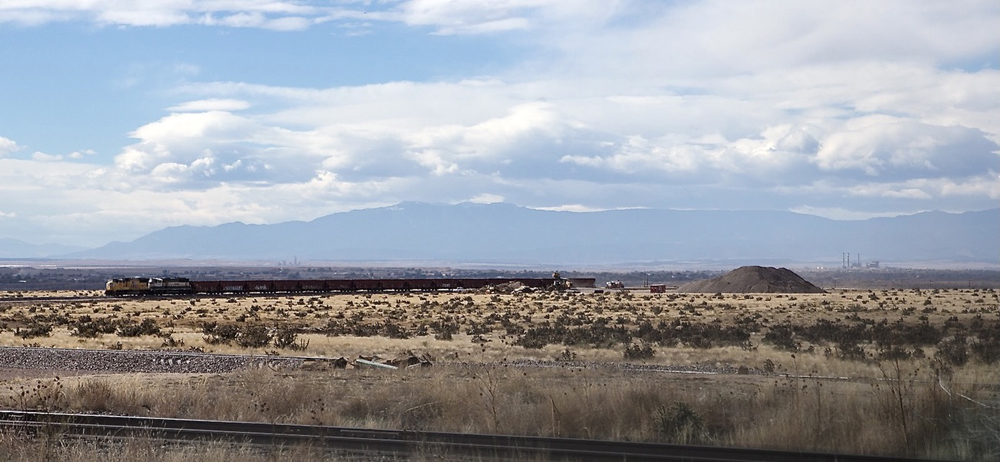






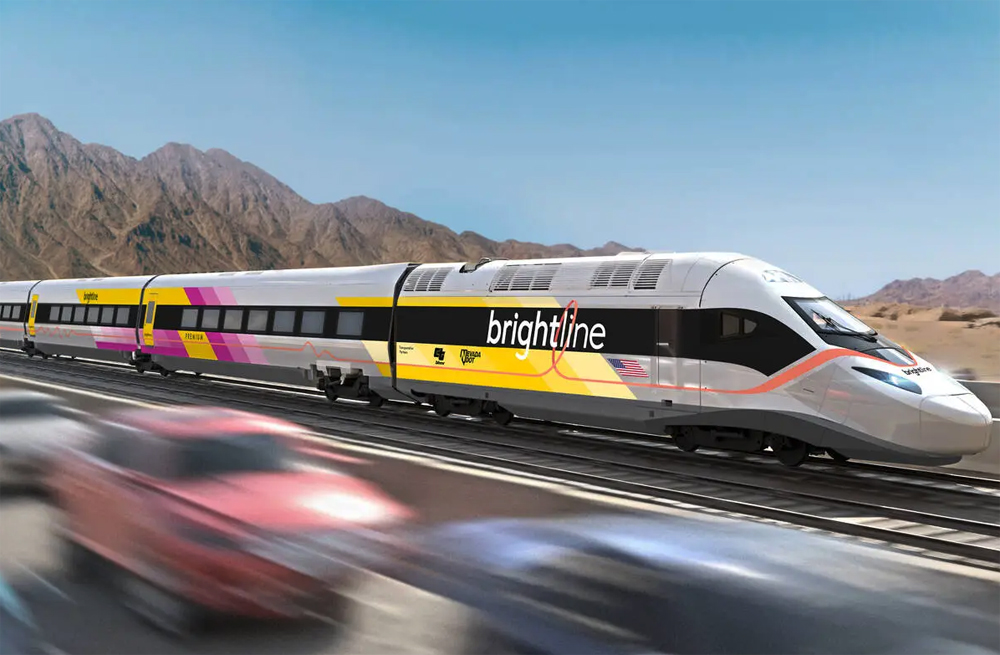
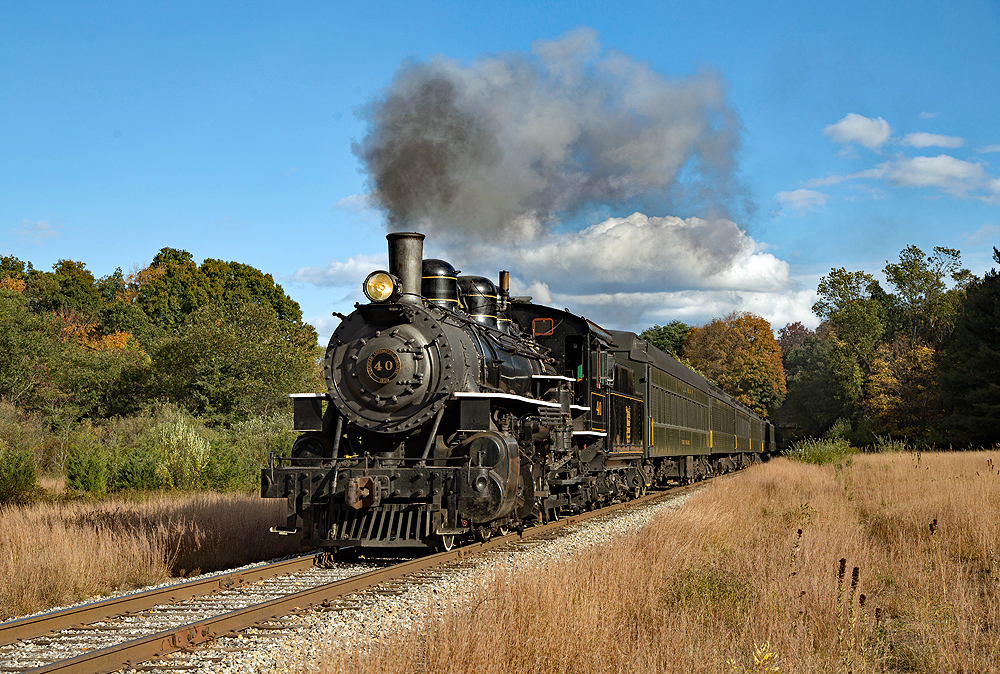
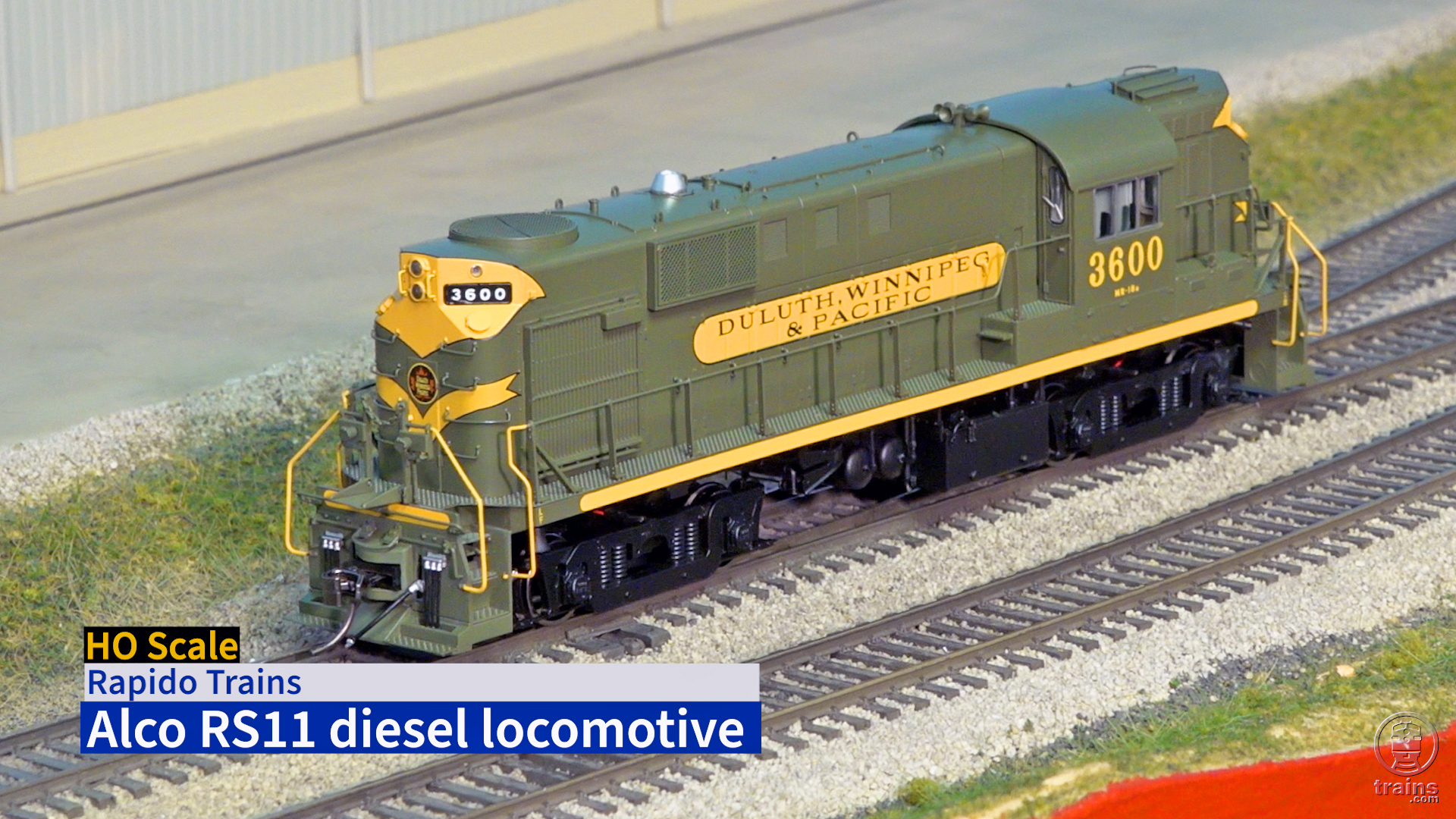
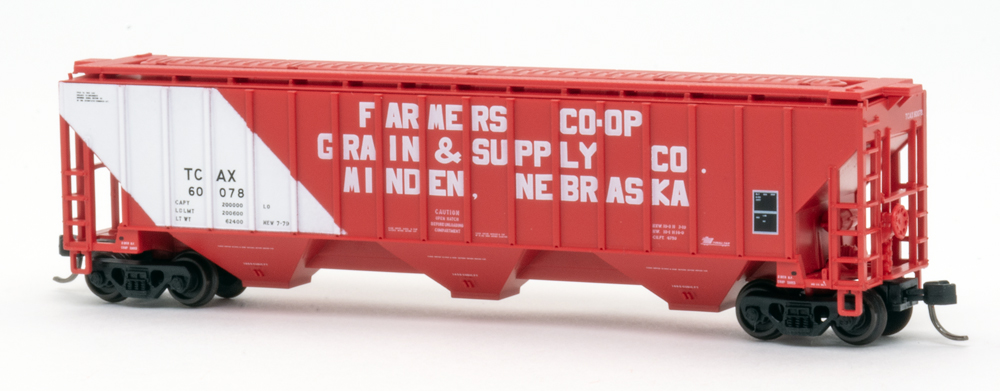




A nice follow up at MxV, thank you Trains.